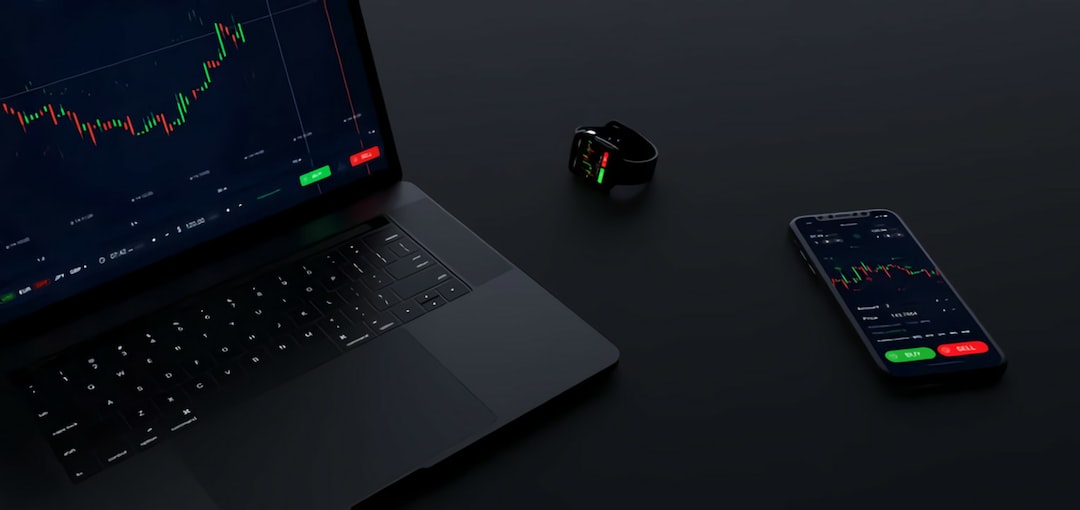Forex, or the foreign exchange market, is the largest and most liquid financial market in the world. It is a decentralized market where currencies from different countries are traded. The daily turnover of this market is around $6.6 trillion, making it more liquid than any other financial market. The liquidity of the forex market is an important factor for traders as it affects the ease of buying and selling currencies.
Liquidity in forex refers to the ability of traders to execute their trades quickly and at a fair price. In a liquid market, there are plenty of buyers and sellers, and the spread between the buy and sell prices is narrow. This means that traders can enter and exit trades easily without affecting the price of the currency pair.
The forex market is highly liquid due to the large number of market participants. Banks, corporations, hedge funds, and retail traders all participate in the market, buying and selling currencies. The interbank market, where large financial institutions trade with each other, is the main source of liquidity in the forex market. These institutions trade in large volumes, which creates a high level of liquidity in the market.
Another factor that contributes to the liquidity of the forex market is its 24-hour trading cycle. The market is open 24 hours a day, 5 days a week, allowing traders from different time zones to participate in the market. This means that there are always buyers and sellers in the market, and traders can execute their trades at any time.
The forex market is also highly liquid due to the high leverage offered by brokers. Leverage allows traders to control larger positions with a smaller amount of capital. This increases the volume of trades in the market, which in turn increases liquidity.
However, it is important to note that the liquidity of the forex market can vary depending on the currency pair being traded and the time of day. Some currency pairs are more liquid than others, and the liquidity of a currency pair can also change depending on economic events or news releases. For example, during major economic events such as the release of non-farm payroll data, the liquidity of the market can decrease as traders become more cautious.
Another factor that can affect the liquidity of the forex market is market volatility. While volatility can create opportunities for traders to make profits, it can also reduce liquidity as traders become more hesitant to enter trades. In extreme cases, market volatility can lead to a lack of liquidity, also known as a liquidity crisis.
In conclusion, the forex market is highly liquid, with a daily turnover of $6.6 trillion. The main source of liquidity in the market is the interbank market, where large financial institutions trade with each other. The 24-hour trading cycle, high leverage offered by brokers, and the large number of market participants also contribute to the high level of liquidity in the market. However, traders should be aware that the liquidity of the forex market can vary depending on the currency pair being traded, the time of day, and market volatility.






